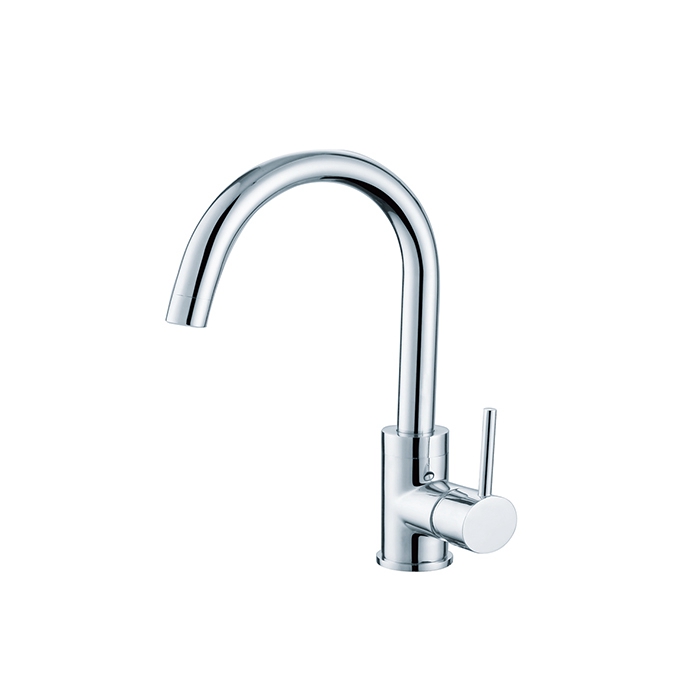Single-handle kitchen faucets have undergone significant evolution over the years, driven by technological advances, innovation and changing consumer preferences. From the original manual faucets to today's stylish sensor-operated models, single-handle faucets have changed the kitchen landscape in terms of design, materials and functionality.
The history of single-handle kitchen faucets dates back to the early 20th century, when basic manual faucets with a single handle were introduced to control temperature and flow. These early models were often made from durable materials such as brass and chrome finishes, offering a simple yet functional design for everyday use in the kitchen.

As technology advances, so do the designs and features of single-handle faucets. The introduction of ceramic valve cartridges in the mid-20th century revolutionized faucet functionality, providing smoother operation, greater reliability and drip-free performance compared to traditional rubber washers.
The emergence of sensor and touchless faucets in the late 20th and early 21st centuries marked an important milestone in the development of kitchen faucet technology. These innovative models utilize infrared sensors to detect motion or proximity, allowing users to activate the faucet with a wave or touch-free operation. This hands-free feature not only improves convenience and hygiene, but also reduces water waste by automatically shutting off when not in use.
Additionally, the design aesthetic of single-handle kitchen faucets has evolved to reflect contemporary trends and consumer preferences. Sleek minimalist designs with clean lines and sleek finishes are increasingly popular, complementing modern kitchen aesthetics and integrating seamlessly with surrounding fixtures and appliances.
In addition to design and functionality, sustainability and water conservation also became key considerations in the development of single-handle kitchen faucets. Manufacturers are integrating water-saving features such as aerators and flow restrictors to reduce water usage without compromising performance to comply with growing environmental awareness and regulations.
Looking ahead, the future of single-handle kitchen faucets promises further innovation and the integration of smart technology. Wi-Fi-enabled faucets with voice control capabilities and integration with home automation systems are now available, providing users with unprecedented connectivity convenience in the kitchen.
Overall, the evolution of single-handle kitchen faucets reflects the intersection of design, technology and consumer demand in the home improvement industry. From humble origins to today's cutting-edge innovations, single-handle faucets continue to redefine the kitchen experience, delivering style and functionality to the modern home.